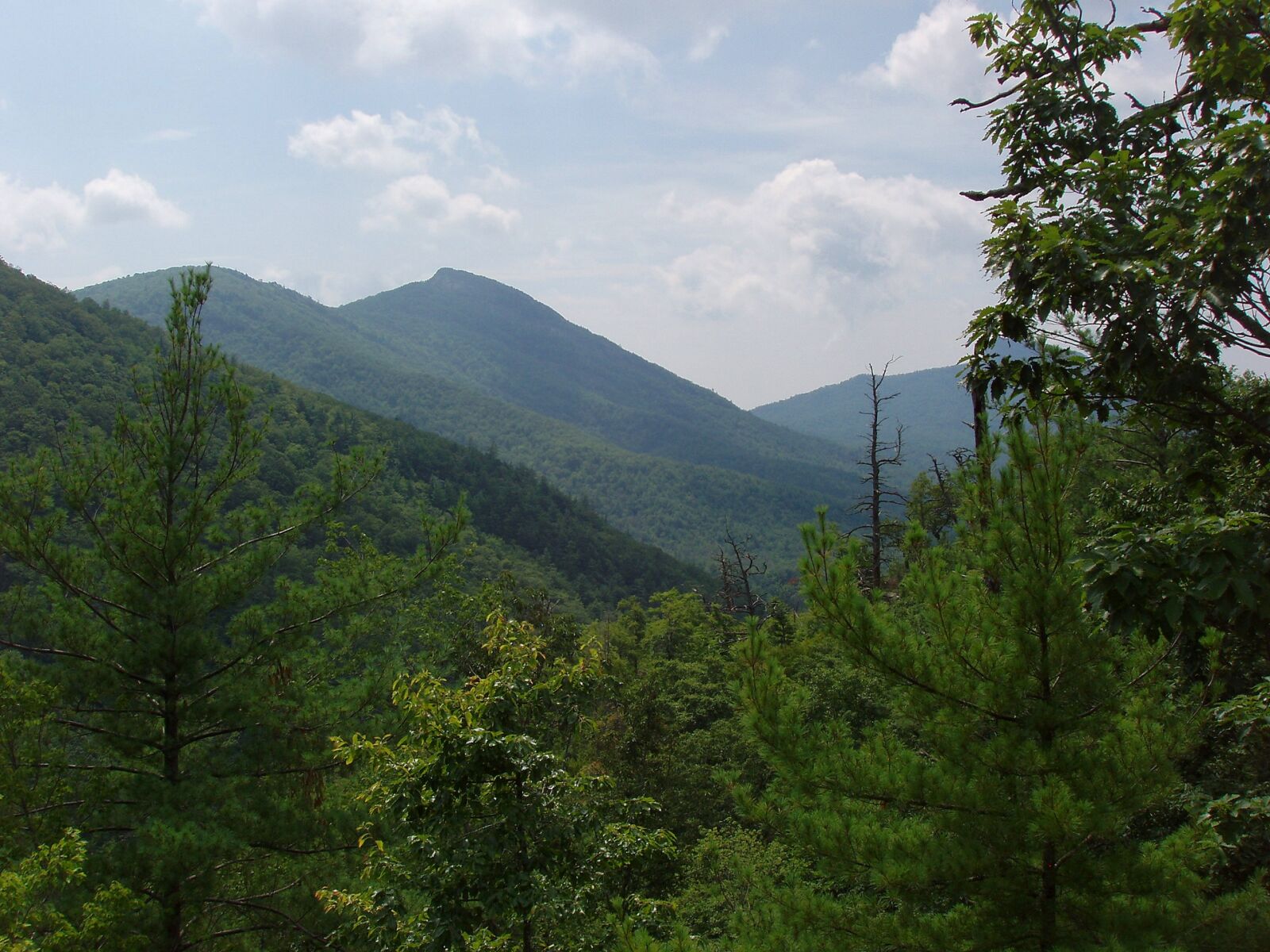Here are five other interesting facts about CFLRP:
There are 23 restoration sites (known as “CFLRPs”) around the country.
Click here to see if there is a site near you!

Deschutes National Forest
Collaboration is a key component of the restoration work.
Collaborative groups, such as the Southwestern Crown Collaborative in Montana, developed the initial restoration proposals, and are now working diligently to guide project implementation and monitoring.

CFLRP is focused on re-establishing natural fire regimes and reducing the risk of uncharacteristic wildfire.
However, many projects are also doing neat work to restore fish and wildlife habitat and engage in long-term monitoring. For example, the Grandfather CFLRP on the Pisgah National Forest has been snapping cool shots of black bears, wild turkeys, and other species as part of on-going monitoring.

Photo by Jeff Clark
Pisgah National Forest
CFLRP restoration work is supporting “restoration economy” jobs in many rural communities.
On the Payette National Forest, CFLRP projects developed by the Payette Forest Coalition (an NFF grant recipient from 2010-2012) have already added a “second shift” to a local mill.

The NFF has a new CFLRP website!
If you’re looking for more information, check out https://www.nationalforests.org/collaboration-resources/learning-topics/collaborative-forest-landscape-restoration-program-cflrp, which was just launched by the NFF to serve as a CFLRP clearinghouse for U.S. Forest Service partner organizations and staff.

